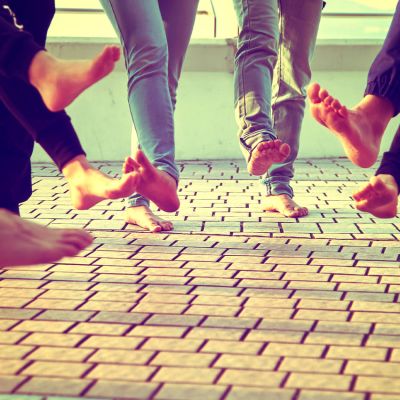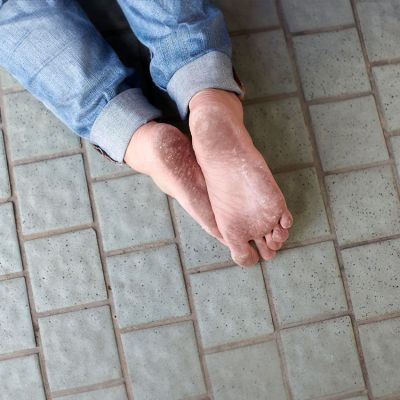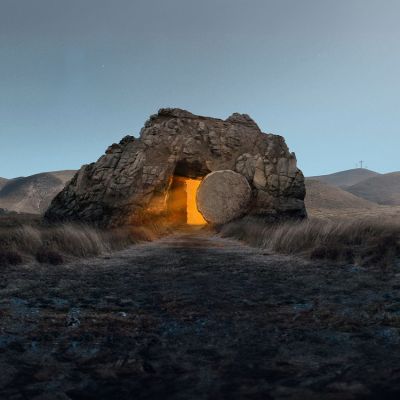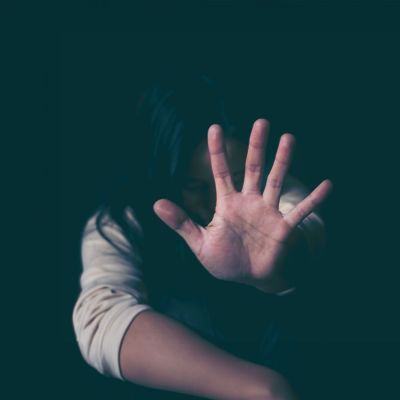Written by Ken Wong (Communications Officer)
The ‘Barefoot Walk’ is an activity that allows participants to experience the situation of poverty. Before the participants start walking, the staff of CEDAR Fund will first clean up the walking route, hoping that participants can experience the feeling of poverty through the ‘barefoot’ experience in a safe environment, thereby establishing a connection with the poor.
In 2019, a volunteer named Brother Adolphus Yuen participated in the ‘Barefoot Walk’ for the first time and helped with crowd management on the day of the event. He was willing to volunteer, devoted his time, and donated money to sponsor participants joining the ‘Barefoot Walk’. When asked why he was willing to give both money and effort, he said that he hoped to help participants experience the lives of people in the developing countries through small contributions of his time and money. He also shared that after the ‘Barefoot Walk’, he understood that being able to live a safe and secure life is something to be grateful for. We, as Hong Kong people, find the pain and fear of the poor hard to imagine.
Indeed, many poor people in the world may be living in hunger and cold, and shoes may not be necessary, leaving their feet exposed to risks. In many impoverished areas, dangers are everywhere on undeveloped roads, such as rocks, nails, glass, cigarette butts, etc., which can easily cause foot injuries. Further, there are a lot of bacteria and parasites on the ground, especially in humid climates, where soil and sewage are more likely to produce harmful substances. Without the protection of shoes, walking barefoot on dirty roads for a long time can easily lead to parasites entering the bare feet, causing parasitic diseases such as sand flea disease. If not treated in time, the person may suffer from a secondary infection such as virus, tetanus or gangrene.
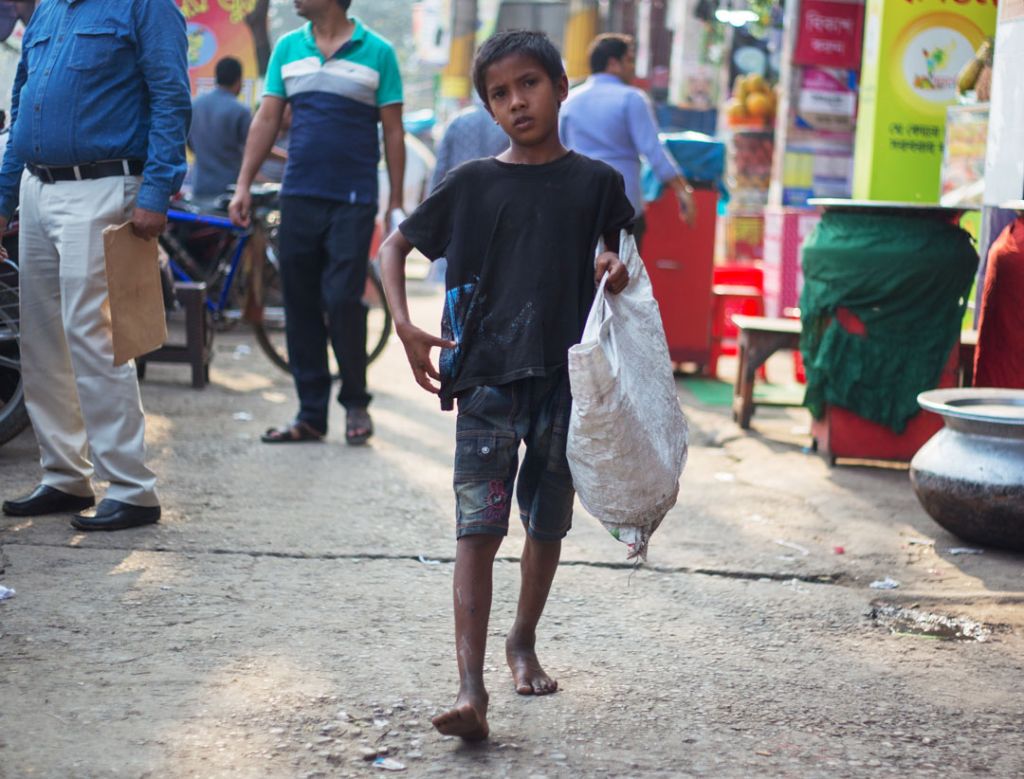
Walking barefoot not only poses health risks, but it is also a mark of the bottom rung of society and attracts prejudiced looks. As early as in ancient Rome, shoes were used to distinguish between social classes: the nobility typically wore dyed and decorated shoes, commoners wore rawhide or flat-headed boots, and slaves were often required to go barefoot. Today, while many countries have officially abolished traditional forms of slavery, many poor people still cannot afford shoes, and thus going barefoot remains a symbol of poverty. Some people believe that poor people are poor because they are lazy, but they do not understand their plight. Poor people live in the same city as other social classes and are inevitably being discriminated against and subjected to these prejudices. When we participate in the ‘Barefoot Walk’, we may also attract curious looks. Do we have the courage to experience this uneasy feeling?
It is natural for people to try to stay away from danger, discomfort and strange looks. However, these are exactly what poor people experience in their daily lives. Jesus came to the world in the flesh and shared our joys and sorrows, teaching us what love is. We can participate in the ‘Barefoot Walk’ as a participant, or learn from Brother Adolphus Yuen and become a volunteer, donate to support, learn to enter the pain of the poor, build up empathy, and take a step towards practising Christ’s ‘love your neighbour’ command.
ARTICLES OF THIS ISSUE
Written by Clara Chiu (Head of Partnership Development) Awakened by Getting into the Impoverished’ Shoes CEDAR Fund or…
Written by Ken Wong (Communications Officer) The ‘Barefoot Walk’ is an activity that allows participants t…
Written by Rev. Sameul Leung (Senior Pastor, Ma On Shan Ling Liang Church) Or don’t you know that all of us who were b…
Written by Tony Chan (Partnership Development Consultant) For years, CEDAR has been sharing the issue of human traffic…



